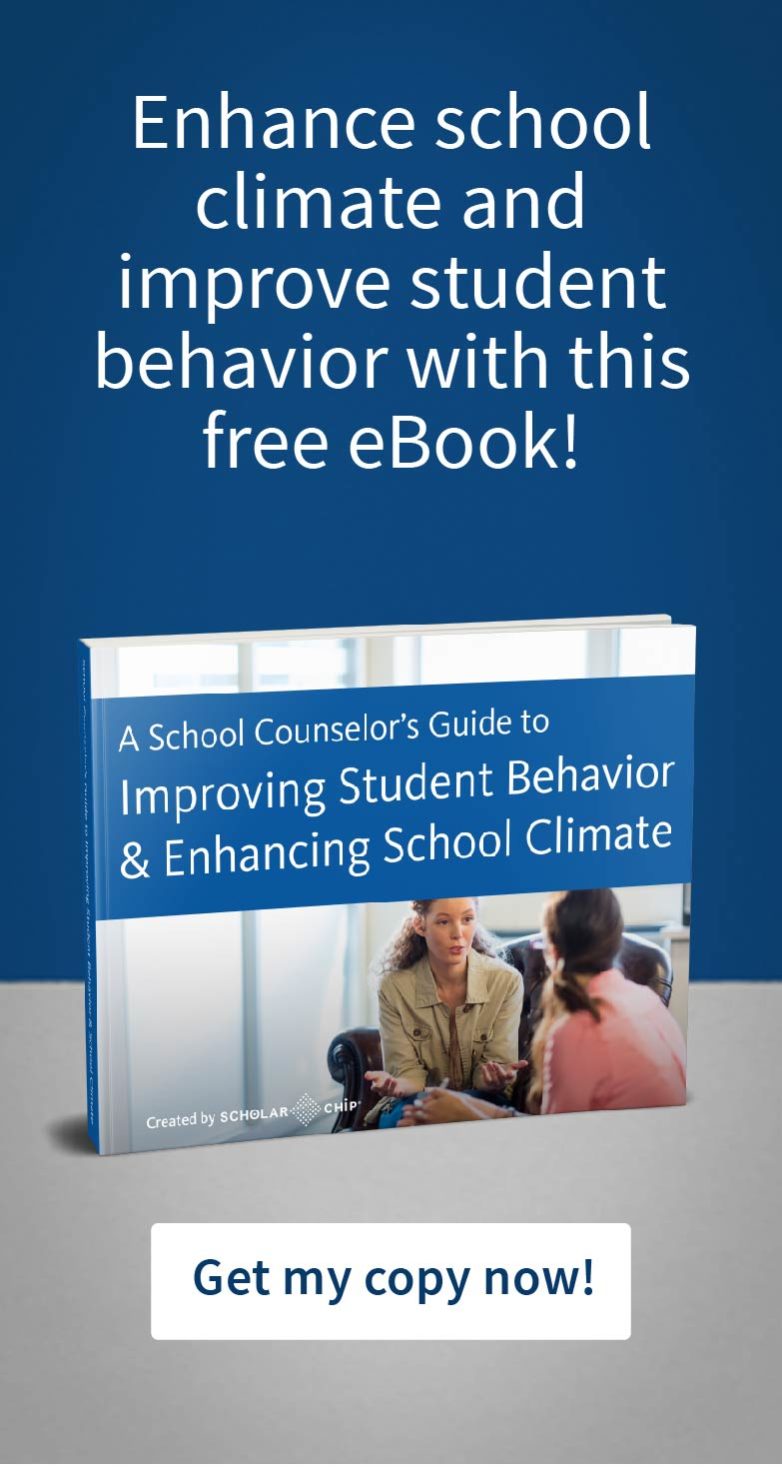Disruptive classroom behavior can have multiple negative effects on a classroom and throughout a school. Disruptions hamper the efficacy of classroom instruction, lead to distractions and poor focus for staff and students, and can contribute to a sense of being unsafe.
“Behaviour problems in a classroom increase the stress levels for both the teacher and pupils, disrupt the flow of lessons and conflict with both learning objectives and the processes of learning,” notes a recent study. “They also change the classroom dynamic as the focus of attention shifts from the academic tasks at hand to the distractions provided by disruptive behaviours.”
For many school districts, behavior management systems have become an effective way to address issues quickly and provide staff the tools to help students early.
Defining Behavioral Management Systems
Behavior management is a series of steps taken to help guide individuals to become motivated to change their actions and interactions. In schools, this can mean helping students change their in-class behavior, make better choices, or altering bad habits.
There are multiple types of school-based behavior management systems, including:
- Teacher-Specific. Teachers have their own management system in their classrooms. While this model does not strain human or financial resources, it creates no common vocabulary or school-wide support system, however.
- Reward System. Schools offer rewards, whether tokens of pretend currency that can be redeemed for prizes or items at the school store. It creates a school-wide system and vocabulary for rewarding and recognizing good behavior, but does not provide good data and can be applied inconsistently.
- Centralized Database. Tracking information centrally allows for actionable data but may be labor-intensive on staff if excessive paperwork and re-entry is required.
- Digital App. Software in recent years has added functionality, simple interfaces, self-management, detailed data and progress monitoring, especially when these systems are integrated with student record systems.
What Makes an Effective Behavior Management System?
In order to be successful, a behavioral management system usually has many of the following elements:
- A total staff commitment to deploying and using a system to manage behavior
- Well-defined and articulated rules, expectations, procedures and consequences
- Student instructional content to teach self-control and social skills
- Support resources for students with chronic and challenging behaviors
Creating a successful system requires a commitment from administrators. A positive behavioral management system will have these four elements:
- A commitment to academic achievement and social competence
- Support of teacher behavior
- Support of student behavior
- Support of decision making
School system leaders benefit when they garner input from and collaborate with teachers, other staff, students and parents about fairness and creating a system that is not punitive and focuses on creating a positive culture.
Creating Behavior Management Systems
When school systems are looking to build behavior management systems, they need a work plan that provides a methodology and structure for the process. Here are some steps to take in building your system.
Identify the Team
Ideally, there should be two committees involved in the system development. The lead group includes teachers and department chair, special education teachers, especially those with expertise in behavior disorders, administrators and community volunteers with interest and knowledge.
A feedback group can be helpful to join the lead group on occasion and react to documents and plans as they are developed. This group could include teachers, guidance counselors, parents, support staff, students and elected officials.
Establish a Statement of Purpose and Philosophical Guidelines
A statement of purpose is a broadly defined message that is inclusive and unifying. Philosophical guidelines provide specificity about expectations and beliefs.
Behavior Advisor has excellent examples of both including the following statement of purpose: The school community — including students, parents, teachers, administration, and others — work together to create and maintain a safe and supportive environment that promotes teaching and learning.
Guideline examples include:
- All individuals in the school will treat all others with respect, concern, caring, and fairness.
- Students are expected to attend all classes, arrive on time, and actively engage in tasks.
- Students have the responsibility to be aware of and abide by school rules, regulations, and procedures.
Technology and Behavioral Management
Technology today allows school systems to create dynamic, integrated and cohesive behavior management systems. Early identification, progress reports and rich data sets give school officials insights and the ability to monitor students better than ever before.
“Researchers have begun to study and advocate for broader, proactive, positive school-wide discipline systems that include behavioral support,” notes a recent article. “One promising avenue for achieving the dual goals of teaching self-discipline and managing behavior is school-wide behavior management.”
At ScholarChip, we provide behavioral management solutions that improve student outcomes, lead to safer schools and improve school climates.
The behavior intervention program ScholarChip offers, Alternative Behavior Educator (ABE), teaches better behavior and monitors progress throughout a student’s career. It gives principals, teachers, and administrators specific data-driven reports surrounding behavior management of a student and flag possible at-risk students. The program also provides a reward system when a student meets the requirements.
ABE works in tandem with “smart” identification cards given to recurring students and staff. Schools can control building and door access privileges by allowing only passage through certain doors at a specific time. This is a smart solution to manage attendance and create accountability for your students, eventually cultivating a positive school environment.
Learn more about ScholarChip’s school behavior and safety solutions by contacting us today.

